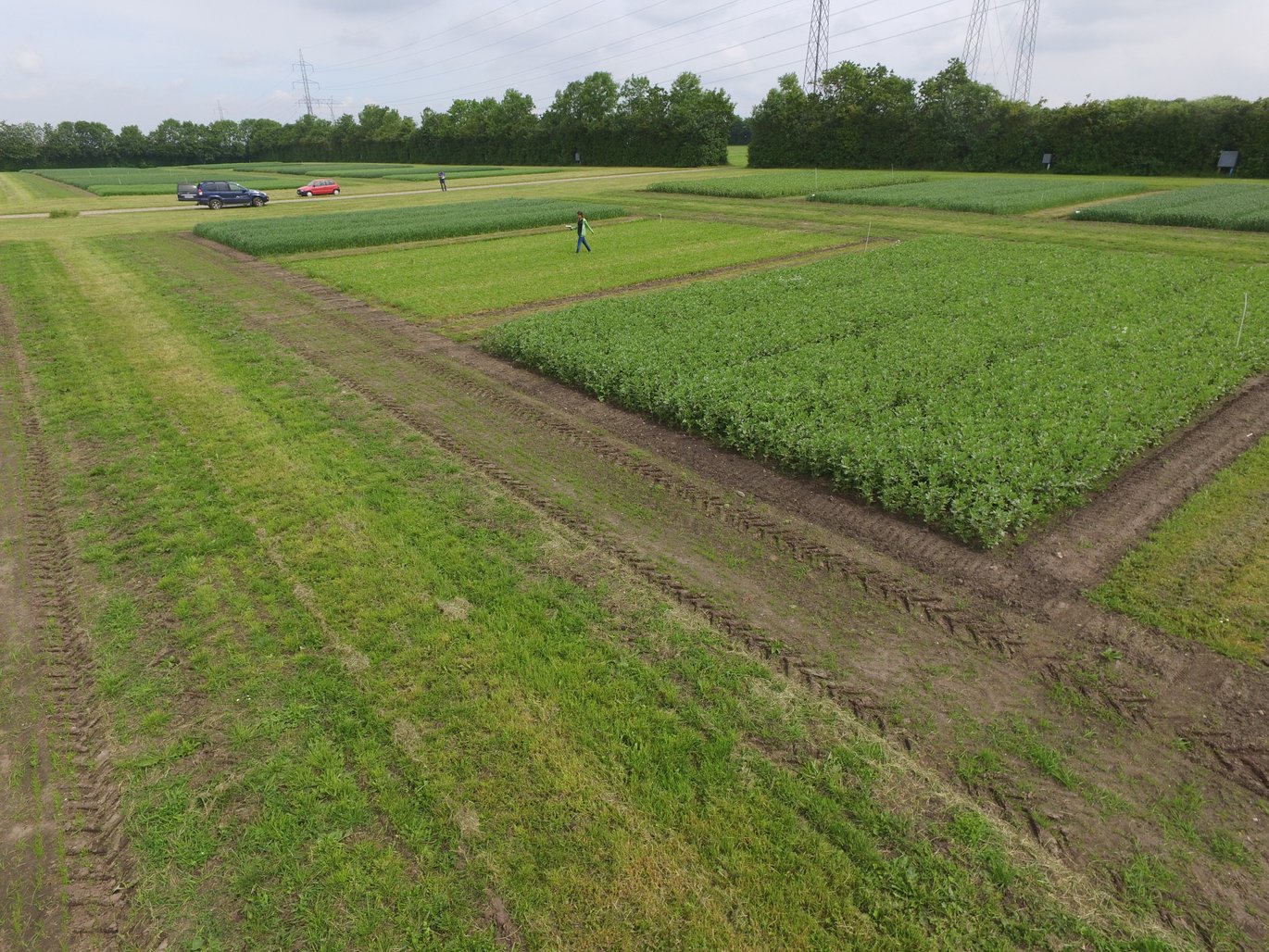Cover crops are under-valued in organic arable cropping
Properly utilized cover crops can increase soil fertility, raise yield raise and reduce the environmental and climate footprints of cropping systems. However, this calls for innovative thinking and new technologies.

Cover crops play many roles in organic cropping systems besides increasing crop yields. Cover crops especially reduce the environmental impact through less nitrate leaching, reduced climate impact from greater soil carbon storage and increased soil fertility by enhanced organic matter inputs, which also sustain soil microorganisms. By this, cover crops can also contribute to increased biodiversity. The possibilities of managing these effects are not sufficiently understood and there are currently no operational tools allowing farmers, to estimate the advantages and disadvantages of growing cover crops.
At our research site in Foulum, we have for more than 20 years compared organic arable cropping with and without cover crops in a long-term study. The cover crops have consistently increased grain output, typically by 0.5-1.0 ton/ha. On average during a cereal-based crop rotation, the harvested nitrogen in grain is increased by approx. 20 kg N/ha, by growing nitrogen-fixing cover crops. This corresponds to the effects of manuring with approx. 70 kg N/ha animal fertilizer.
Our results show that most of the yield benefits of cover crops comes from less nitrate leaching. We do, however, believe that the contribution of nitrogen fixation of cover crops can be increased. Our experiences from long-term experiment shows how a continued use of the same types of leguminous plants as cover crops, may lead to ‘clover-fatigue’, which reduces growth of the legumes and thus also reduced vigour of the cover crop. Therefore, we have developed new strategies for cover crops in the long-term experiment, where the choice of species sown is adjusted to both the previous and succeeding crop type.
In the long-term experiment we have observed great interaction between cover crops and perennial weeds. Cover crops may in some cases suppress perennial weeds, but in many cases weeds are stimulated by them. In the experiment, we even have a particular malignant perennial weed in the form of field mint, which we find can suppress cover crops. Thus, there is a need for aligning cover crop cultivation strategies with the perennial weed problem at hand.
A new research project, named CCRotate, intends to increase knowledge on cover cropping. The focus will be directed towards the long-term effects of subsequent crops, and here we will make use of our long-lasting organic field experiments, to examine effects of different types of cover crops. We will also, in other field experiments, study how we with diverse species and mixtures of cover crops, can increase the soil carbon stock, and if particular chemical compounds in cover crops can reduce the formation of nitrous oxide.
In CCRotate we will also develop a camera system to mount on agricultural implements, to predict the volume of the fertility effects obtained by cover crops and thereby improve fertilization strategies.
CCRotate is a part of the Organic RDD 5-programme, which is coordinated by ICROFS (International Centre for Research in Organic Food Systems). It has received a grant from the Green Development and Demonstration Program (GUDP) under the Ministry of Environment and Food of Denmark.